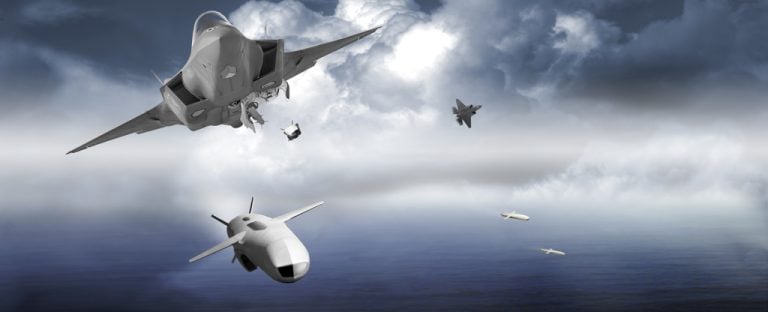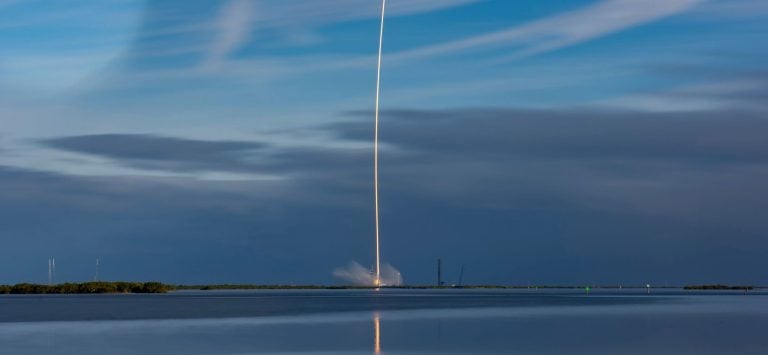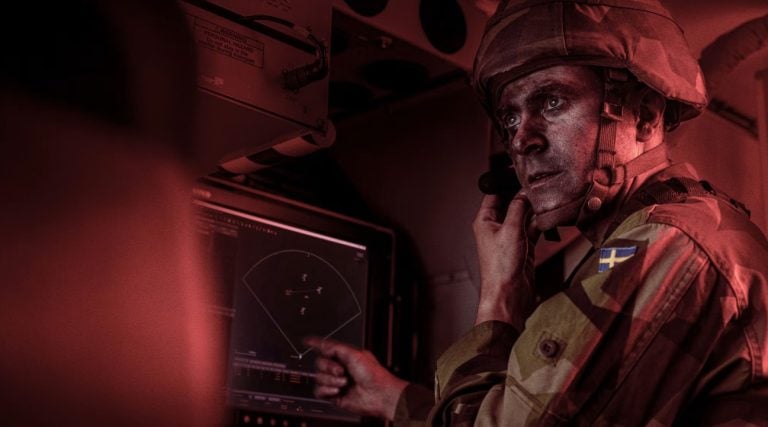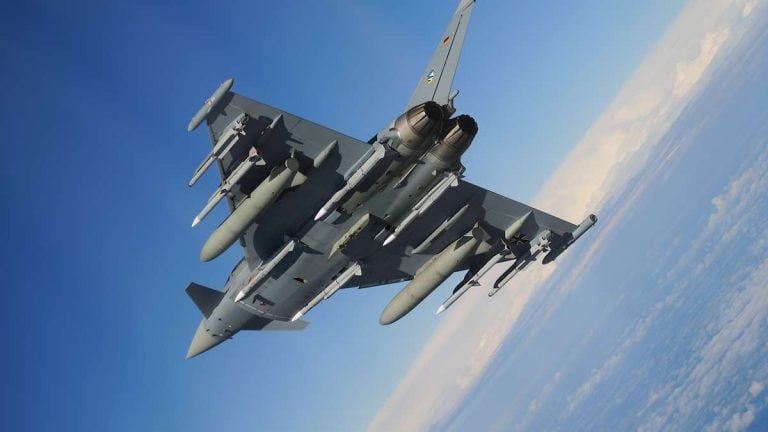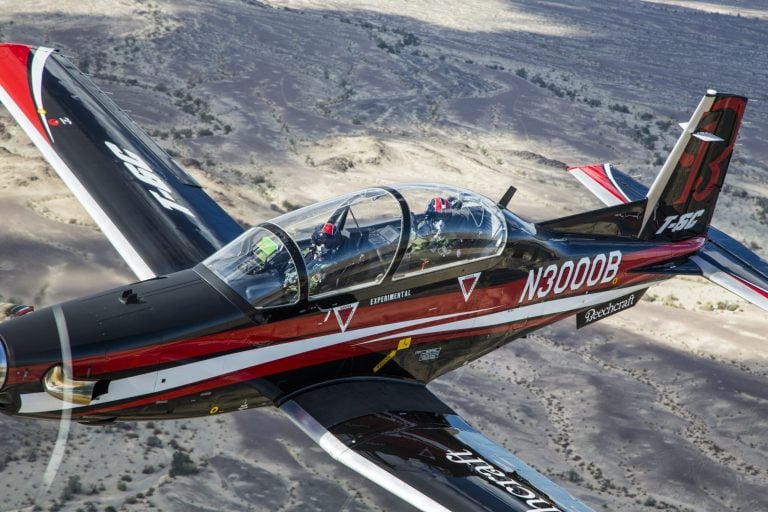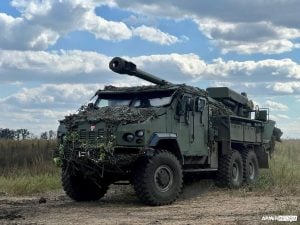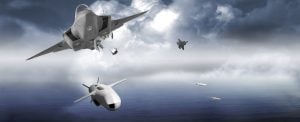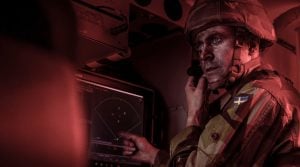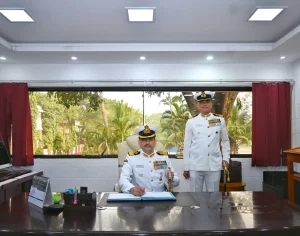An Australian aerospace startup, Hypersonix Launch Systems, has successfully raised $46 million in a significant move to advance the flight testing of what is touted as the world’s first hydrogen-fueled hypersonic vehicle. The funding round, designated as Series A, has drawn support from a diverse group of national and international investors, with the backing of the Australian National Reconstruction Fund Corporation (NRFC), among others.
Leading the investment was UK-based High Tor Capital, a national security investor, and included support from the Swedish aerospace and defense firm Saab, as well as the RKKVC family office from Poland. This funding aims to facilitate testing of Hypersonix’s DART AE reusable hypersonic vehicle under the U.S. Defense Innovation Unit’s HyCAT hypersonic testing initiative.
The DART AE, measuring 3.5 meters in length (approximately 11.5 feet), employs Hypersonix’s innovative 3D-printed Spartan scramjet engine, which allows it to soar at astonishing speeds of up to Mach 7, equivalent to 8,643 kilometers per hour or 5,371 miles per hour. This Australian-engineered aircraft is expected to serve as a crucial testbed for the development of high-performance technologies.
Initial test flights for the DART AE are slated for early next year at NASA’s Wallops Flight Facility in Virginia, a critical phase that will assess the vehicle’s capabilities in relation to hypersonic flight.
The NRFC funding is earmarked for various key activities, including product development, advanced manufacturing establishment in Queensland, and hypersonic testing in collaboration with the U.S. Government’s Defence Innovation Unit. As stated by the NRFC, this financial backing is instrumental in realizing the company’s ambitious objectives.
Hypersonix, founded in Brisbane in 2019, is focused on the development and commercialization of scramjet-propelled, multi-generational vehicles designed for dual-use applications. Unlike traditional kerosene-fueled scramjet engines, Hypersonix’s reusable scramjet is 3D-printed and operates without moving parts, utilizing hydrogen fuel to eliminate emissions. This engine is capable of reaching speeds of up to Mach 12, or 14,818 kilometers per hour.
Michael Smart, co-founder of Hypersonix and developer of the technology, emphasized the significance of the Spartan engine: “SPARTAN is more than a propulsion system. It’s a breakthrough in reusable hypersonic flight. What we’re building is a sovereign platform that’s clean, cost-effective, and engineered for the real world.”
In addition to the DART AE, Hypersonix has plans for further hypersonic vehicle developments, including the VISR and Delta Velos. The 16-meter Delta Velos is designed for speeds ranging from Mach 5 to Mach 12, serving purposes such as satellite launches and low-Earth orbit resupply missions. Meanwhile, the 8-meter VISR aims for speeds between Mach 5 and Mach 10 and is designed to operate from standard runways, targeting roles in long-range military surveillance and high-speed cargo transport.
Matt Hill, CEO of Hypersonix, remarked on the strategic implications of this investment: “Having Australia’s sovereign investor in manufacturing capability behind such a critical strategic capability sends a powerful message. It demonstrates real confidence in our mission and highlights the importance of building clean, reusable aerospace systems that address today’s national security needs while shaping the future of the industry.”




